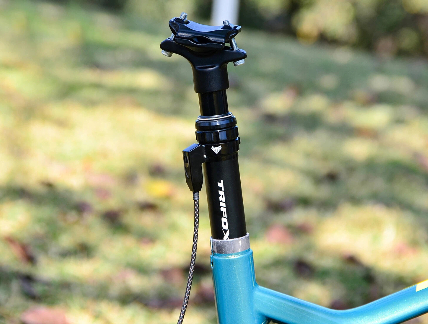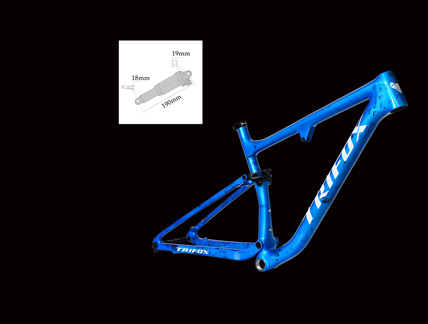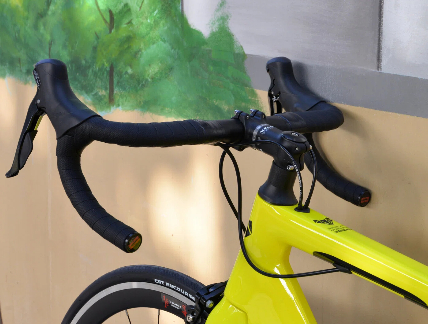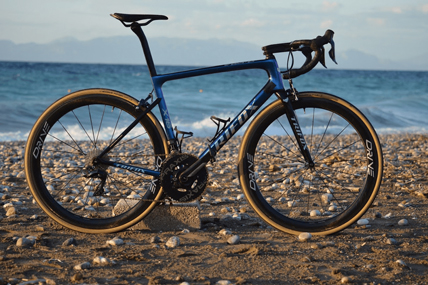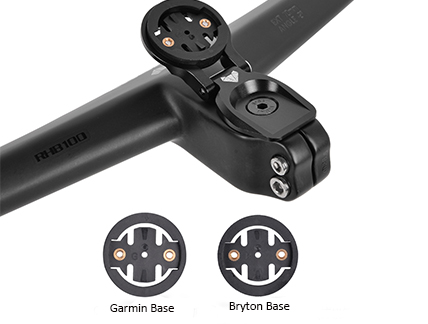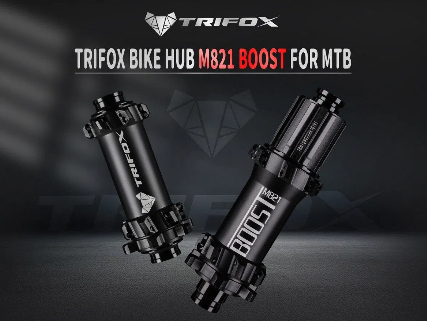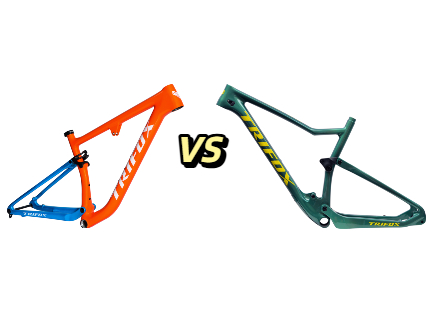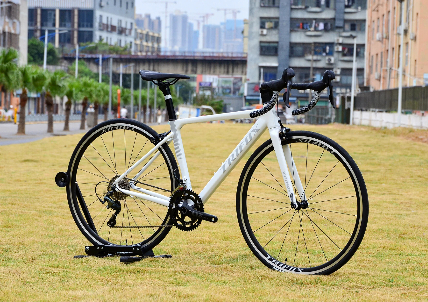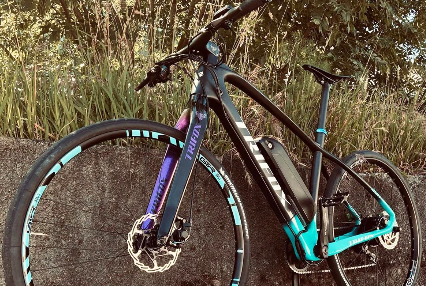If you're a cycling enthusiast, you’ve probably come across the terms freehub and freewheel, but how much do you know about them? Both freehub and freewheel are components of a bike’s drivetrain that enable the rear wheel to spin forward while allowing the pedals to remain stationary. While they serve the same purpose, they have significant differences that affect performance and compatibility.
1. Definition and function
A freewheel consists of a cluster of gears and cogs that thread onto the hub of the rear wheel, and the ratcheting mechanism that allows the wheel to spin forward without pedaling. It is a simple design that’s easy to maintain and service. In contrast, a freehub is a more complicated design that features a ratcheting mechanism that’s integrated into the hub of the rear wheel, which connects to the cassette. Instead of threading onto the hub like a freewheel, the cassette attaches to the splines on the freehub body. The freehub design not only provides better power transfer and durability but also offers more options for gear ratios.
2. Compatibility
One of the significant differences between freehub and freewheel is compatibility. Freewheels are commonly found on older bikes, while freehubs are a common feature on modern bikes. If you have an old bike and you want to upgrade to a freehub design, you may have to replace the wheel hub, and possibly the rear derailleur, shifters, and chain, to make sure all the components match. On the other hand, since freehub bodies are generally interchangeable, you can typically change the cassette to switch to a different gear ratio without having to replace the rear wheel.
3. Wear and Tear
Due to their simpler design, freewheels are generally more prone to wear and tear than freehubs. Over time, the ratcheting mechanism in freewheels tends to wear down, which can lead to skipping, uneven engagement, and even failure. Freehub bodies typically don’t suffer from the same wear and tear issues because they are located inside the hub shell where contaminants can’t easily access them. However, if a bearing fails or the pawls break, it’s more challenging to service or replace the freehub body.
4. Performance and Maintenance
In terms of performance, freehub systems offer better power transfer than freewheels because they have more engagement points where the rear hub and the cassette interact. They also provide more precise shifting and offer more gear ratio options. However, they are more complicated and harder to service compared to freewheels. Freewheels, on the other hand, are simpler and easier to maintain, but they don’t offer the same level of performance as freehubs.
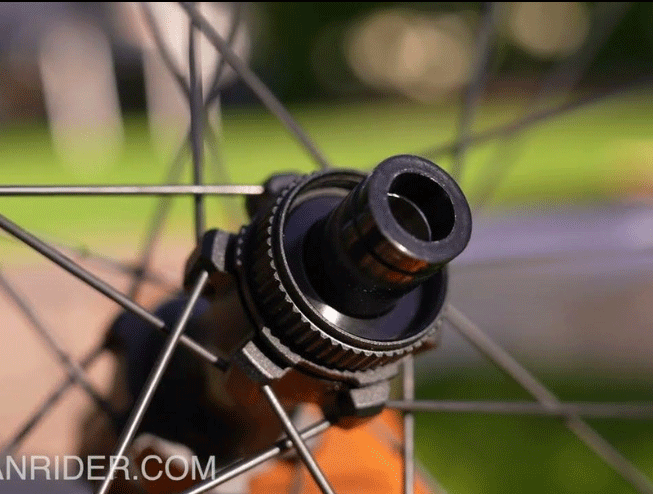
Conclusion:
So, which is the better option for your bike, a freehub or a freewheel? Ultimately, it depends on your bike, budget, riding style, and preferences. If you have an older bike and want to stick with a simple and cost-effective design, a freewheel may be the way to go. On the other hand, if you want better performance, more gear ratios, and are willing to invest in a modern high-end bike, then a freehub is the better option. Remember, whichever option you choose, make sure to maintain and service your drivetrain components regularly to ensure smooth and efficient performance.






























































